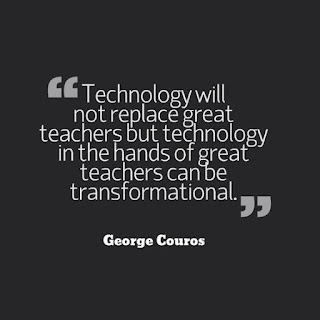We officially start school tomorrow, so I thought about my reflection of 2016, and considered where I struggled and was challenged. I have set myself 5 goals for the year, I really hope to achieve to some extent!
- Schedule time for me!
I am sure everyone can appreciate the busy lives we are all living, and the million things we need to do, however, our wellbeing is incredibly important - we cannot do great things if we do not have time for ourselves. Particularly towards the end of the year last year, I forgot about me, and my Hauora. I was too focused on the kids, work, wanting to keep others happy, and trying to achieve the best I could at uni given everything else going on, and I burnt out.
I have decided to try and have about 2 hours per day for me. Whether this is out for dinner, at the gym, watching a movie or just having a nap, I want that time. Realistically, the workday is supposed to be about 8 hours. With uni part time too, maybe 10 hours. I then also have to chuck in 2 hours travel per day on top of that. So I think it is fair and realistic to switch off and give myself 2 hours... whether it happens or not will be a different story!
- Read educational blogs
I am going to set aside one hour per week to read through some educational blogs, like the ones I have been exploring as part of my assignment. I have really enjoyed what others have to say, and the things being shared through blogging. There are many out there that are goldmines of information and resources for teaching and learning, including technology, PE and broader education. Reading through others blogs is also essentially free PD! If I have extra time, and really engage with particular posts, I would like to write my own post as a reflection. Not only is this a great way of sharing others blogs, but also great evidence towards my registration (which I am hoping to complete this year!).
- Experiment with more digital tools
Although I have some knowledge about digital technologies in teaching and learning, I feel I only scratch the surface, so I am really keen to take some risks and use more technology in the classroom. By reading through others blogs lately, and hopefully throughout the year, I have started to pick up some apps and programmes to use, which I am excited to try. There are so many things I feel I have no knowledge about, or have little knowledge but no idea how to include into my teaching, hopefully this will change! I will possibly try one per month.
- Attend more extra-curricular activities
Juggling lectures, assignments, planning, teaching, a social life and a long distance relationship last year, I really struggled to get along to support the students outside of school. I am ashamed to say I only attended one football game, two basketball games, and two rugby games! So, this year my goal is to make time for more, because I think it is important for students to see you outside teaching, to build different relationships. I don't know how, but I think I may be coaching the Junior Boys Basketball too! Watch this space...
- Include blogging into 11PE
Although this is one of the aims of my dissertation, thus I need lots of evidence, I also think the students will find blogging useful for their learning. I find blogging helpful for my own reflections and rewindable learning, which I hope my Year 11s will too, so I want to include blogging as often as I can, without taking away too much time from fun and content development. I am aiming for 1-2 times per week. I am intrigued to see how they respond, and whether blogging will increase student knowledge and understanding, and possibly in turn their achievement.

If you are wanting to set yourself some goals, which I recommend, check out this short video explaining how to create SMART goals! There are many more online for a more depth explanation of SMART goals.









